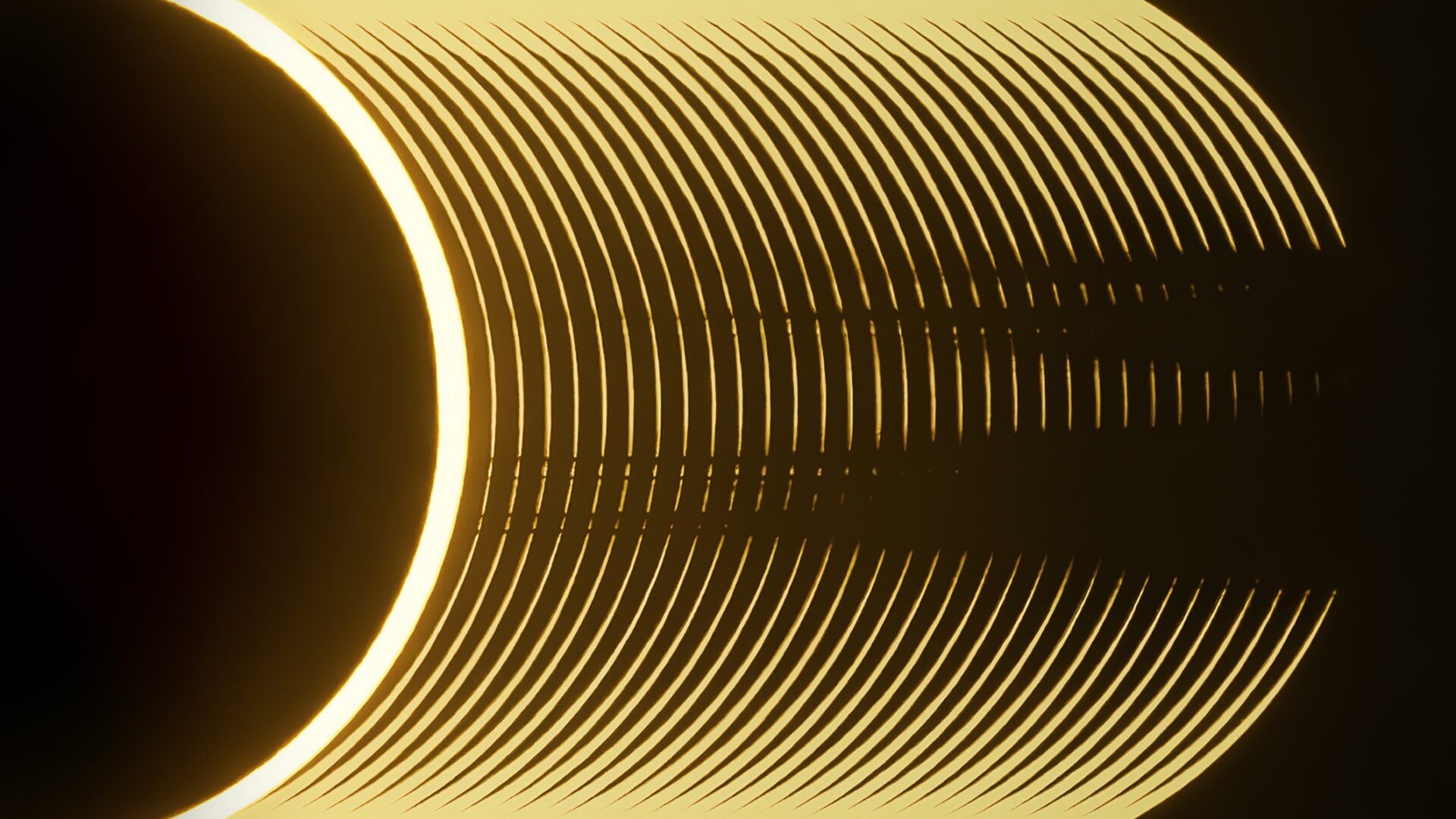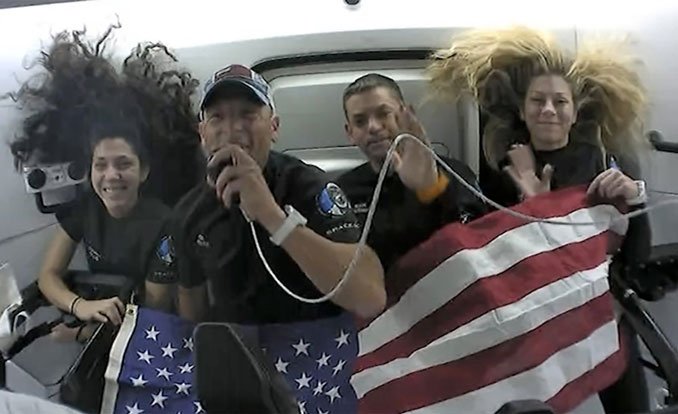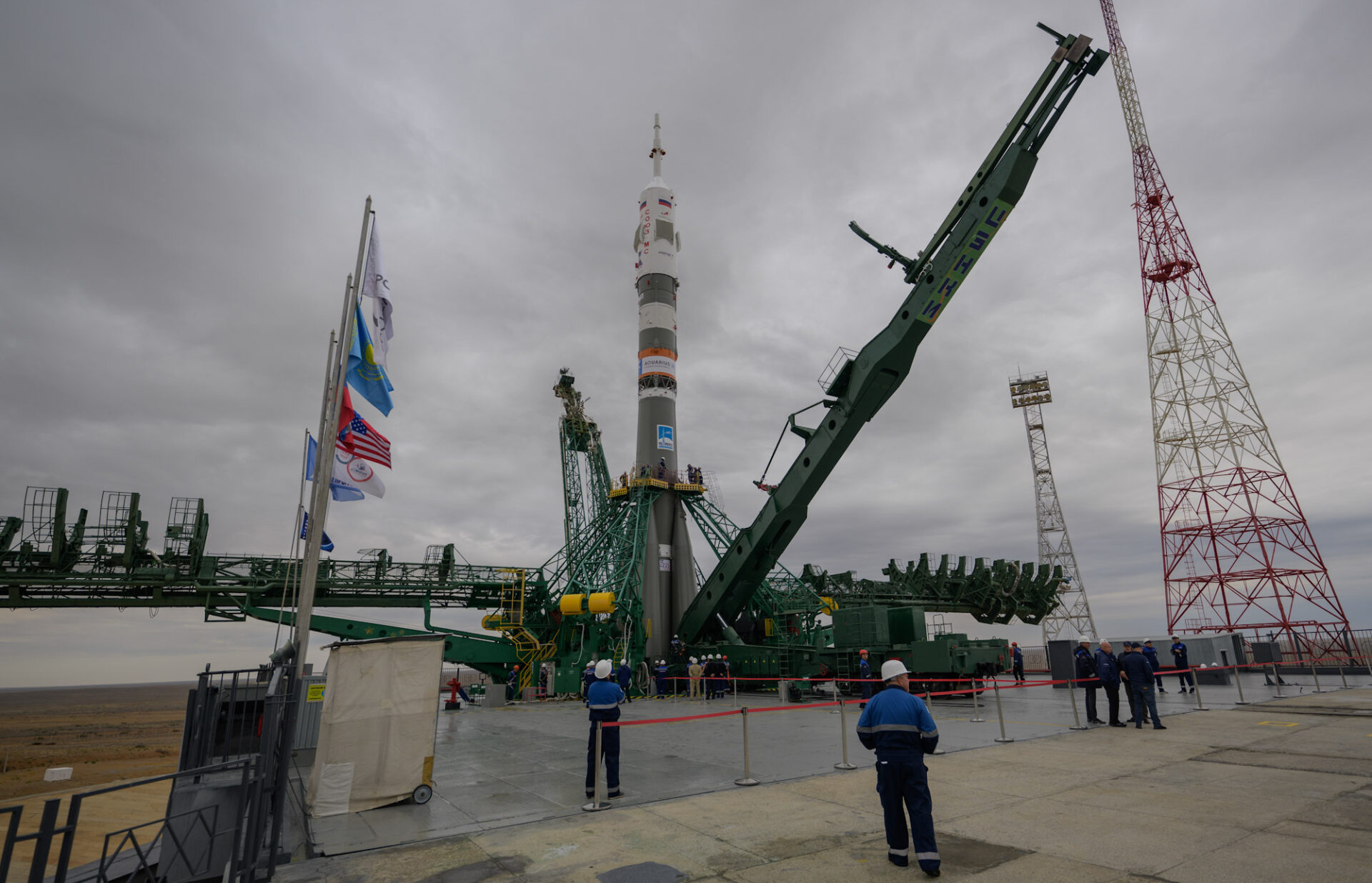[ad_1]
Every year, the “Astronomy Photographer of the Year” competition provides incredible images of our night sky — whether they are stunning views of distant galaxies or dramatic photos of aurorae or other views from our home planet. This year is no different, and the awards were just announced at a special presentation at the Royal Observatory in Greenwich (ROG), England for the incredible 16th year of the competition. The event is sponsored by the ROG, supported by Liberty Specialty Markets and in association with BBC Sky at Night Magazine. For the 2024 competition there were over 3,500 entries from 58 countries.
Above is the overall winner, Ryan Imperio from the USA for his photograph, Distorted Shadows of the Moon’s Surface Created by an Annular Eclipse. This unusual and stunning photo captures the progression of Baily’s beads during the 2023 annular eclipse.
“This is an impressive dissection of the fleeting few seconds during the visibility of the Baily’s beads,” said one of the judges for the competition, meteorologist Kerry-Ann Lecky Hepburn. “This image left me captivated and amazed. It’s exceptional work deserving of high recognition.”
Baily’s beads are an effect that occurs when gaps in the Moon’s rugged terrain allows sunlight to pass through in some places just before the total phase of the eclipse begins and also just as the eclipse is ending. These can be challenging to capture because of how briefly they are visible.
The winning photographer, in a press release about the competition, Ryan Imperio said, “The images selected each year are absolutely astonishing and I am both thrilled and honoured to have my photo among them. I had hoped my image would be shared in some way but never expected to be selected as a winner, let alone Overall Winner!”
Here are the winners in each category:
Aurorae

This stunning photo was captured by Larryn Rae in New Zealand, with this view of the Aurora Australis seen above the mountains in Queenstown. It is a 19-image panorama showing a compilation of all the fast-moving beams that lit up the sky in February 2023. The photographer used an astro-modified camera to capture all the pink hues of the aurora which makes for an incredibly dynamic final image.
Our Moon

| This picture of the Moon shows Sinus Iridum, also known as the ‘Bay of Rainbows,’ a 260-kilometer diameter bay bordered by several smaller craters. Gábor Balázs from Hungary used a monochrome camera with a filter to capture the area. The crater visible in the upper right corner, Pythagoras. |
Galaxies

Bence Tóth and Péter Feltóti from Hungary combined forces for this image, showing the galaxy NGC 5128 and its surrounding tidal wave system and powerful jets of radiation and particles, which travel close to the speed of light. This galaxy can only be seen from the southern hemisphere, so the photographers traveled to Namibia to capture the image.
People and Space

I never tire of seeing images of the International Space Station (ISS) transiting another solar system body. Here, Tom Williams from the UK, captured the ISS crossing the field-of-view in just 0.2 seconds! The Sun was active and a prominence right next to the station’s transit location can be seen.
Planets, Comets and Asteroids

Here’s another winner by Tom Williams in the UK! This false-color composite shows the phases of Venus on approach to inferior conjunction, which is when Venus and the Earth appear close on the same side of the Sun. Tom used ultra-violet and infrared filters, enabling view of the intricate cloud structure within Venus’ upper atmosphere to be revealed. Williams explained that despite Venus’s rotation period being many months long, the atmosphere is far from stationary, circling the planet in around four days. This makes UV imaging of Venus particularly interesting as the planet is much more dynamic than it otherwise would be if viewed in the visible spectrum.
Skyscapes

Another stunner from the dark skies of New Zealand! Tom Rae shot this photograph of the rugged peaks of the Tasman Valley, showcasing the incredible features of the southern hemisphere summer night sky. It includes the hydrogen clouds of the Gum Nebula (central red region) and various other regions of active star formation stretched throughout the fainter arms of the Milky Way. This part of the night sky that tends to be less photographed, due to the faintness of the Milky Way band.
Stars and Nebulae

This incredible photo came as the result of a group effort of several amateur astronomers around the world, who collected 3,559 frames, from 260 hours of exposure time with telescopes on three continents. The team worked to explore and photograph a previously unknown gigantic supernova remnant (SNR) in the center of the famous constellation Cassiopeia. The team was led by Professor Robert Fesen from the USA. The fact that amateurs have made such a discovery is a testament to how important their role has become in today’s astronomy.
Sir Patrick Moore Prize for Best Newcomer

Two new photographers from China teamed up to capture SH2-308 (the Dolphin Head Nebula). This target poses a challenge because is at a low angle in the sky and can only be shot for five hours a day. This image took ten days of shooting and post-processing with PixInsight
Young Astrophotographer

I love this category every year and have never failed to be impressed with the up-and-coming amateur astrophographers! 14-year-old Daniele Borsari from Italy captured image of California Nebula, NGC 1499, an emission nebula in the constellation of Perseus. It’s located at a distance of about 1,000 light years from Earth and it’s visible thanks to the ionization of gases by the blue giant star ??Persei (Menkib).
Annie Maunder Prize for Image Innovation

Alien world? Nope, this is planet Earth, as you’ve never seen it. This incredibly creative image was made by mixing the 16 bands monitored by the GOES-18 weather satellite to encode land masses, oceans and atmospheric features as different colors.
Nancy’s Personal Favorite

This image is my own personal favorite of this year’s competition. Matt Jackson from Montana in the USA set up a timelapse for just one hour, and you can see the trails of all the satellites that flew over the field of view in that short time. The photographer said he chose this subject matter to highlight his concerns related to privacy and the power that comes from controlling technology — not to mention the ‘pollution’ of the night sky with the growing prevalence of Earth-orbiting satellites.
See all the winners, runners-up and highly commended photos on the ROG website.
If you happen to be in the UK, there will be an exhibition of all the images opening at the National Maritime Museum on Friday September 13, 2024.
If you are impressed — or inspired — by these images, consider joining next year’s Astronomy Photographer of the Year competition!
[ad_2]
Source link





No comments! Be the first commenter?